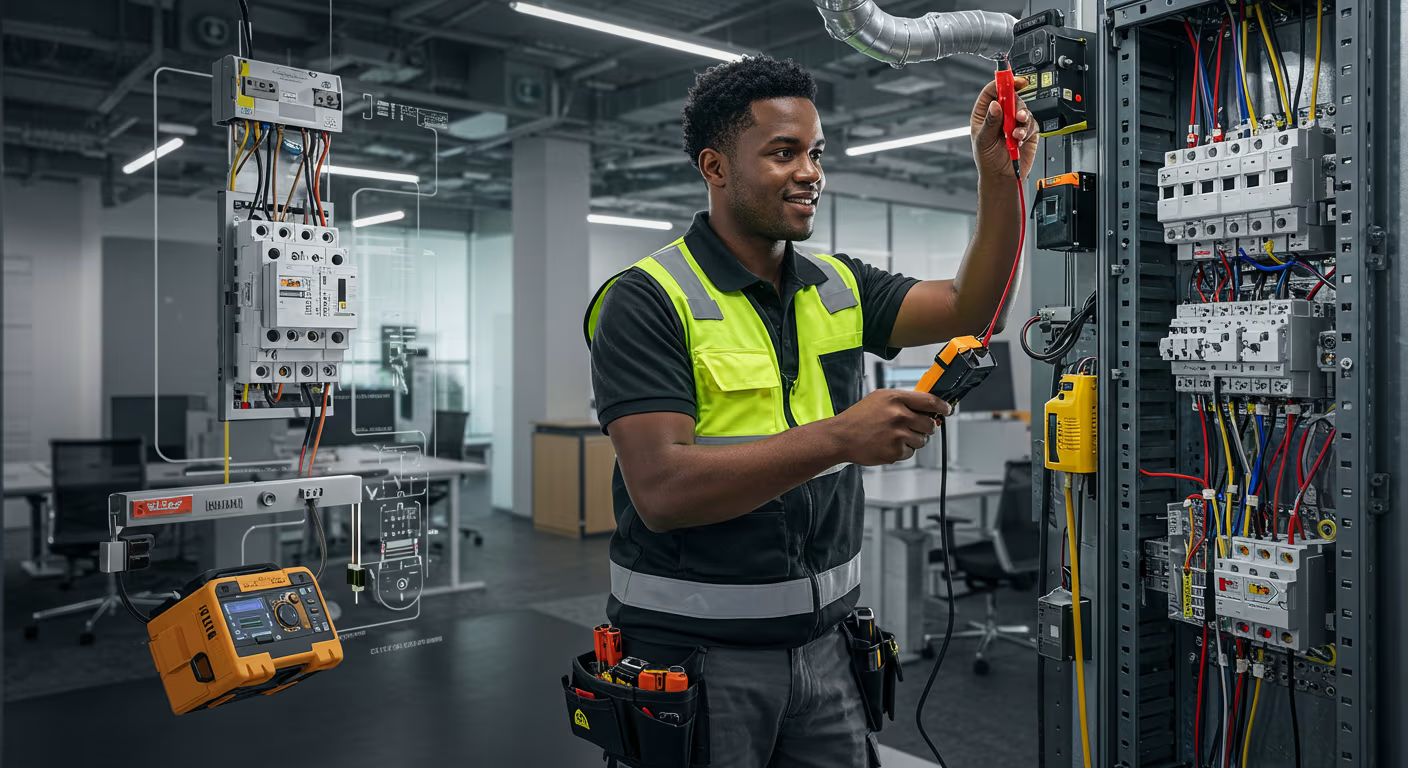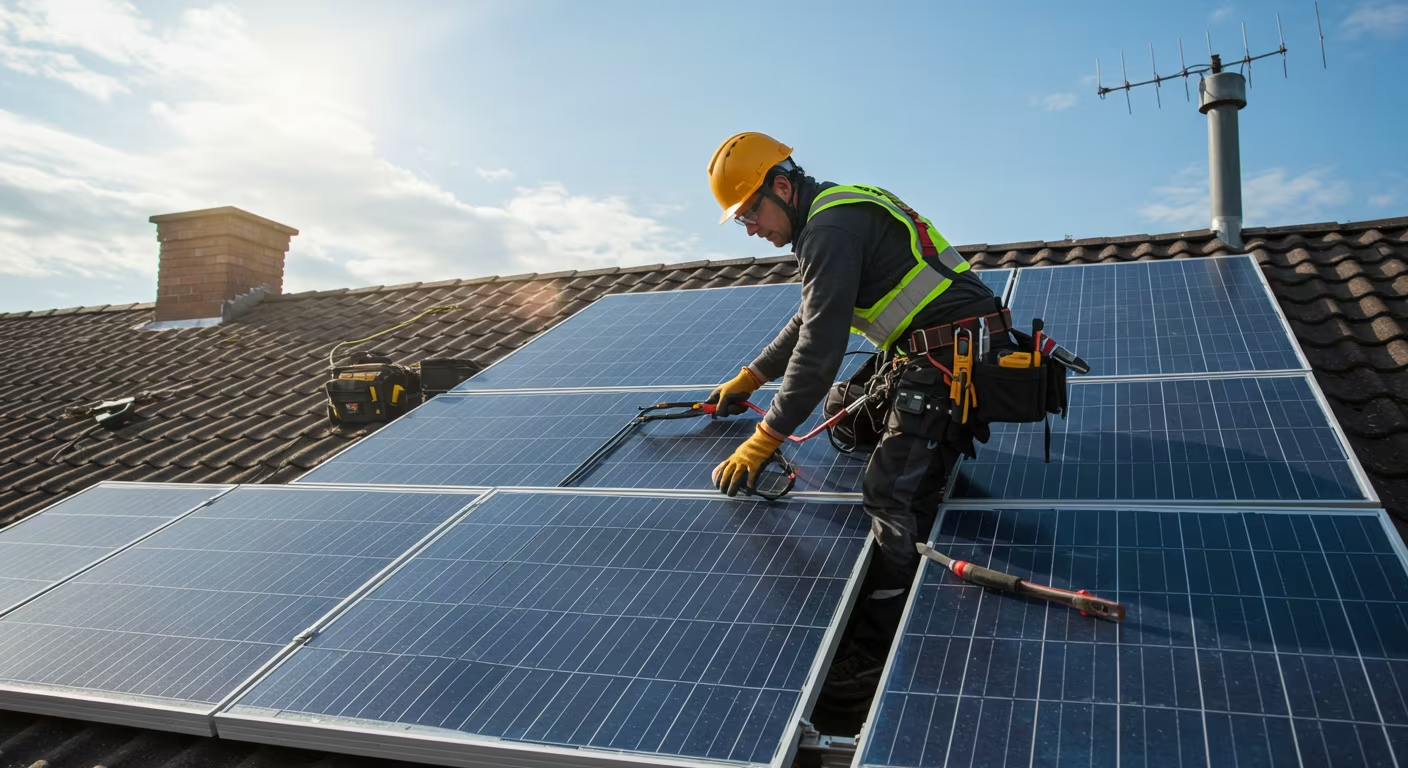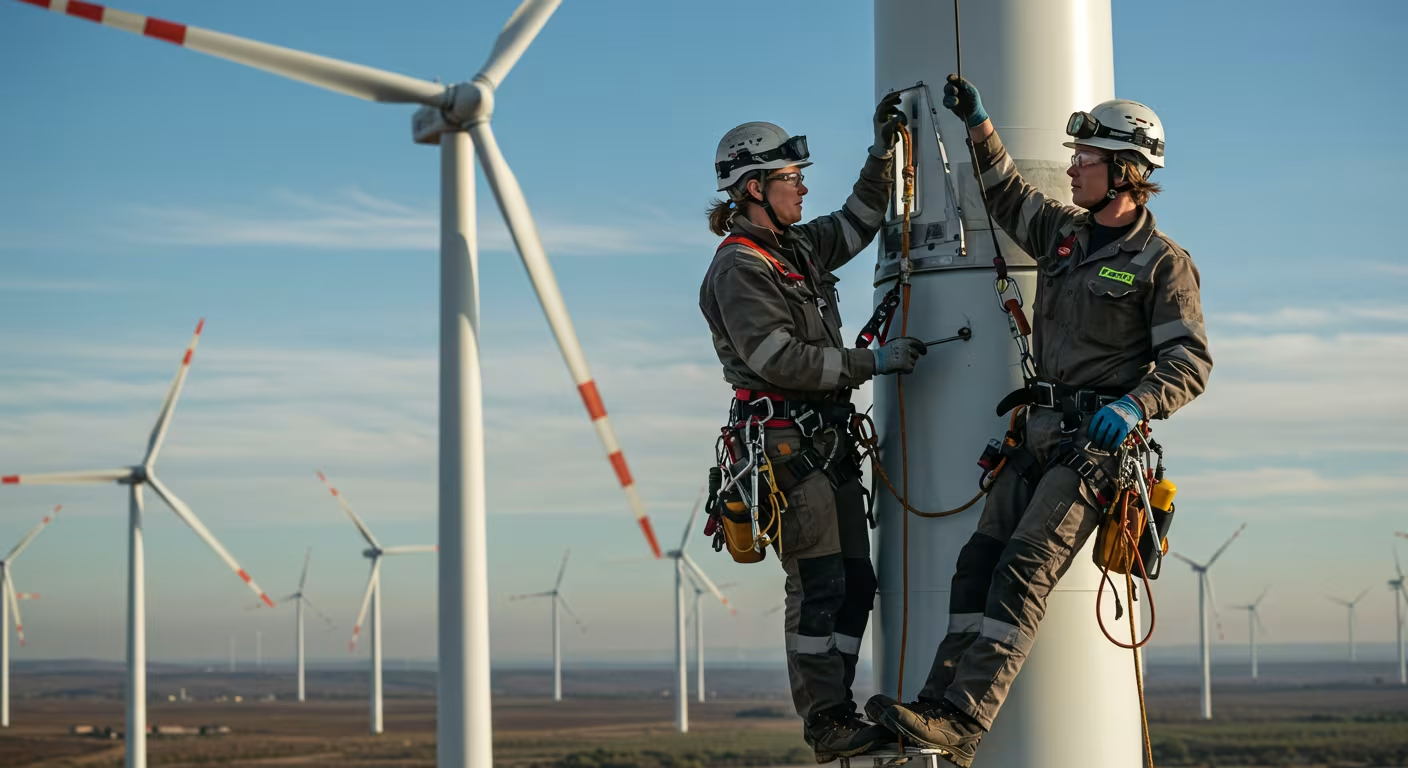Electricity is the backbone of our modern world. From the moment we flip a switch to power a light to the operation of massive industrial machinery, electrical systems keep everything running smoothly. Behind these systems are highly skilled professionals known as electricians—the people who install, maintain, and repair the critical infrastructure that powers homes, offices, factories, hospitals, and more.
Electricians are more than just tradespeople; they are safety experts, problem solvers, and technical professionals who work in one of the most essential and in-demand industries in the world. As the push for clean energy, smart homes, and advanced automation accelerates, the role of electricians is evolving, expanding their opportunities and responsibilities.
This article explores what electricians do, the different types of electricians, how to become one, and why this career remains a cornerstone of both traditional infrastructure and modern innovation.
What Is an Electrician?
An electrician is a trained tradesperson who specializes in installing, maintaining, and repairing electrical wiring, systems, and fixtures. They work on both new and existing infrastructure, ensuring that electrical systems comply with national safety codes and local regulations.
Electricians can work on residential, commercial, or industrial projects, ranging from basic lighting and outlets to complex power distribution systems and renewable energy installations. Their work is not only about functionality—it’s also about ensuring safety, preventing fires, electrical shocks, and system failures.
Key Responsibilities of an Electrician
Electricians handle a broad range of tasks depending on their training and the type of work environment. Some of their core responsibilities include:
- Reading and interpreting blueprints, wiring diagrams, and technical drawings
- Installing wiring systems, lighting fixtures, outlets, switches, and circuit breakers
- Troubleshooting and diagnosing electrical problems
- Upgrading or replacing outdated or faulty wiring
- Testing systems for safety and performance using meters and other tools
- Ensuring compliance with the National Electrical Code (NEC) and local building codes
- Working with other professionals such as HVAC technicians, builders, and engineers
- Installing and maintaining solar panels, EV charging stations, and smart home systems
Electricians must stay updated with changing technologies and safety standards, especially as new energy systems and digital tools become more common.
Types of Electricians
The field of electrical work is diverse, and many electricians specialize in particular sectors. Here are the most common types:
1. Residential Electricians
These electricians focus on wiring homes, installing electrical systems for lighting, appliances, home automation, and ensuring compliance with residential codes.
2. Commercial Electricians
They work in offices, retail spaces, restaurants, and other businesses, handling more complex wiring systems, transformers, and commercial lighting.
3. Industrial Electricians
Industrial electricians are responsible for wiring and maintaining large-scale equipment in factories, plants, and refineries. This work often includes programmable logic controllers (PLCs) and high-voltage systems.
4. Construction Electricians
These professionals work on new construction sites, installing full electrical systems from the ground up before walls and ceilings are closed.
5. Maintenance Electricians
They focus on ongoing inspections, preventive maintenance, and repairs in existing facilities to ensure continued electrical safety and performance.
6. Line Installers and Repairers (Lineman)
These electricians work outdoors installing and repairing power lines, transformers, and other infrastructure connecting utilities to end users.
How to Become an Electrician
Becoming an electrician requires a combination of education, hands-on training, and licensure. Here’s a typical path:
1. Education
Most electricians begin by earning a high school diploma or equivalent. Courses in math, physics, and shop classes provide a strong foundation.
2. Apprenticeship Program
Aspiring electricians typically enter a 4- to 5-year apprenticeship through a trade union (like the International Brotherhood of Electrical Workers – IBEW) or non-union program. Apprentices earn while they learn, working under licensed electricians and completing classroom instruction.
3. Licensure and Certification
Most states require electricians to pass a licensing exam covering electrical theory, the National Electrical Code, and local regulations. Some electricians also pursue additional certifications for specialties like solar installation, low-voltage systems, or industrial controls.
4. Continuing Education
Because technology and codes evolve, electricians often take ongoing courses to stay certified and competitive in the field.
Work Environment and Tools
Electricians work in a variety of settings: construction sites, homes, office buildings, factories, and outdoors on utility poles. The job may require climbing ladders, working in confined spaces, or handling live wires. Safety is paramount, and proper protective gear (PPE) is standard.
Essential tools include:
- Wire cutters and strippers
- Multimeters and voltage testers
- Conduit benders
- Drills, saws, and hand tools
- Ladders, harnesses, and safety glasses
Some electricians also use advanced diagnostic tools and mobile apps to streamline inspections and reporting.
Skills and Traits of a Successful Electrician
The best electricians combine technical knowledge with practical experience and problem-solving abilities. Key traits include:
- Strong understanding of math and electrical theory
- Manual dexterity and physical strength
- Attention to detail and precision
- Ability to follow safety protocols
- Excellent communication and teamwork
- Adaptability to changing technologies and job sites
Customer service is also important, especially for residential and small business electricians who interact directly with clients.
Career Outlook and Salary Expectations
The demand for electricians is strong and expected to grow. According to the U.S. Bureau of Labor Statistics, employment for electricians is projected to grow 6% from 2022 to 2032, about as fast as the average for all occupations.
This demand is driven by:
- Aging electrical infrastructure
- Expansion of renewable energy installations
- Electric vehicle charging needs
- Growth in smart home and building automation
As of 2024, the median annual wage for electricians in the U.S. is around $61,000, with top earners making more than $90,000 depending on experience, certifications, and geographic location.
The Growing Role of Electricians in Renewable Energy
As the world shifts toward sustainable energy solutions, electricians are increasingly involved in installing and maintaining:
- Solar panels and photovoltaic systems
- Battery storage units for residential and commercial use
- Electric vehicle (EV) charging stations
- Energy-efficient lighting and smart grid systems
Electricians trained in green energy technologies are highly sought after and can command higher pay for their specialized skills.
A Career That Powers the Future
Electricians are the invisible force that keeps our modern lives running. From powering homes and schools to enabling new energy systems and technologies, their work is essential to safety, innovation, and progress.
Choosing a career as an electrician offers more than just job security—it offers hands-on problem-solving, independence, and the opportunity to contribute to meaningful, tangible results. Whether you’re interested in traditional wiring or cutting-edge energy systems, becoming an electrician means being at the heart of the infrastructure that powers the world.





